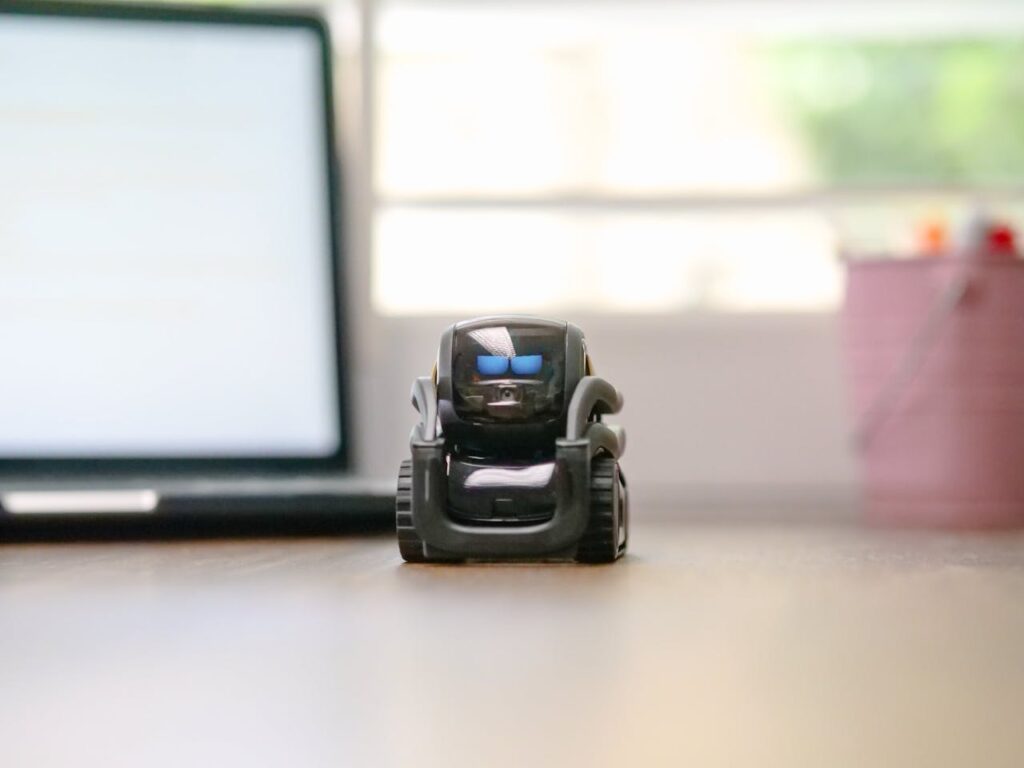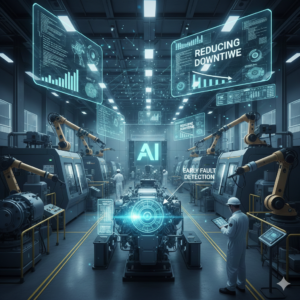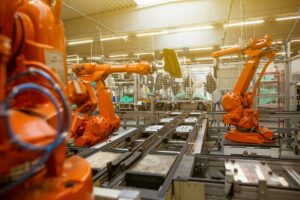How Artificial Intelligence is Changing the Future of Internet of Things Devices and Smart Homes

How Artificial Intelligence is Changing the Future of Internet of Things Devices and Smart Homes
Smart homes and gadgets connected to the Internet of Things (IoT) have already brought about a transformation in the way people live their lives by introducing ease, automation, and control into their routines. Voice assistants that manage calendars and thermostats that optimize energy consumption are just two examples of how technology has become an integral component of the settings that people share in their homes. On the other hand, the intelligence that drives these gadgets is where the real revolution is going to take place, not the electronics themselves. The future of smart homes and the Internet of Things is being swiftly reshaped by artificial intelligence (AI), which is making these technologies more adaptable, predictive, and customized than they have ever been before.
Connected devices are the first step toward intelligent systems.
In the beginning, smart homes were based on straightforward automation, in which gadgets either reacted to user orders or followed predetermined routines. It is possible, for instance, for lights to come on at sunset, or for a coffee maker to begin brewing at seven o’clock in the morning. The versatility of these systems was lacking, despite their convenience. Artificial intelligence (AI) transforms connected gadgets into intelligent assistants by providing them with the capability to learn user behavior, evaluate data, and adjust in real time. This transforms them from connected devices into intelligent users.
Customized and Tailored User Experiences
Artificial intelligence makes it possible for smart homes to anticipate requirements rather than just answer requests. Take, for example:
- Smart thermostats are able to learn the patterns of a home and alter the temperature depending on the times that inhabitants get up, depart, or return throughout the day.
- It is possible for voice assistants like Alexa and Google Assistant to modify their replies in accordance with the unique routines, preferences, and speech patterns of each particular user.
- On the basis of watching history and mood, entertainment systems are able to provide recommendations on programs, music, or news.
- A seamless atmosphere is created as a result of this customisation, in which the house seems to be more responsive and attuned to the people who live there.
Energy Conservation and Environmental Responsibility
machine learning-based Internet of Things devices are an essential component in lowering overall energy usage and contributing to initiatives to promote sustainability. Smart energy systems are able to:
- Predict the demand for power and maximize the efficiency of appliance use.
- It is possible to conserve electricity by turning off gadgets that are not being utilized.
- As occupancy levels and weather predictions change, make adjustments to the lighting and heating.
- Because of these qualities, not only are energy costs reduced, but also carbon footprints are reduced, which contributes to a more environmentally responsible way of life.
Security and Predictive Maintenance on Predictions
Predictive maintenance and security are two other areas in which artificial intelligence is changing smart homes. The Internet of Things (IoT) sensors, when integrated with artificial intelligence (AI), have the ability to identify early symptoms of issues, such as a malfunctioning heating, ventilation, and air conditioning (HVAC) system, water leaks, or unexpected power use, and inform homeowners before expensive repairs are required.
Artificial intelligence-powered cameras and motion sensors can differentiate between movements that are not harmful (such as those of pets) and movements that might be dangerous (such as those of burglars), therefore minimizing the number of false alerts and improving the safety of the house.
Combining Health and Wellness in Everything
Devices powered by artificial intelligence are increasingly helping to promote health and wellbeing in the home. The heart rate, sleep cycles, and everyday activities may all be monitored by linked gadgets and smart wearables, which then transmit the data to artificial intelligence systems that make suggestions that can be put into action. When it comes to people who are old or chronically sick, artificial intelligence has the ability to identify abnormalities such as falls, strange behavior, or changes in vital signs, which enables prompt emergency interventions.
Interconnectivity that is Effortless
AI guarantees that there is seamless connectivity between Internet of Things devices as more of them enter homes. AI is capable of coordinating, for instance:
- When the lights in the bedroom are turned down to a lower level for sleeping, the thermostat will reduce the temperature.
- The security cameras will trigger the activation of the smart locks after they determine that everyone has left the home.
- In order to effectively control energy loads, appliances cooperating with one another.
- Individual gadgets are transformed into a cohesive and intelligent network via the use of this integrated environment.
Developments in Voice and Gesture Recognition Technologies
Using computer vision and natural language processing that are driven by artificial intelligence, interactions with smart homes are becoming more intuitive. In addition to voice commands, gesture recognition and contextual awareness make it possible to manage the device without touching it. For example, you might wave your hand to lower the lights or use face recognition to open the doors for members of your family. All users will benefit from increased accessibility and convenience as a result of these technologies.
Data Privacy and Ethical Considerations in the Workplace
Responsibility is proportional to the level of intellect one has. Artificial intelligence-enabled smart homes are dependent on continual data gathering in order to learn and adapt, which raises significant concerns about privacy and security. Establishing clear ethical norms, protecting personal information, and guaranteeing safe connection between devices are all essential steps that must be taken in order to achieve broad acceptance and credibility.
Artificial Intelligence and the Prospects for Self-Driving Homes
The ultimate goal of the smart house concept is to achieve complete autonomy. Imagining a house that also:
- When supplies are running short, groceries are ordered.
- Organizes the laundry to be done during the off-peak business hours.
- Adjusts the temperature, music, and lighting automatically based on the activities or mood of the wearer.
- The provision of emergency response systems and health monitoring in real time.
- This degree of autonomy is becoming more attainable with artificial intelligence at its heart, which is bringing houses beyond the realm of convenience and into the realm of proactive lifestyle management.
There are Obstacles to Conquer
While there has been considerable development, there are still numerous challenges:
- Interoperability: Because many Internet of Things devices run on multiple platforms, flawless integration is difficult to achieve.
- Devices and systems that are empowered with artificial intelligence might be rather pricey for typical homes.
- Risks to Security: If they are not adequately safeguarded, smart homes have the potential to become targets of cyberattacks.
- Learning Curve for Users: Some users may have a sense of being overwhelmed when it comes to adopting and administering complex AI-powered technologies.
A smart house is undergoing a transformation as a result of the introduction of artificial intelligence. Artificial intelligence transforms inactive equipment into active players in day-to-day life by providing various characteristics such as customization, predictive capacities, energy efficiency, and interconnection. Despite the fact that obstacles like as data privacy and interoperability still exist, it is abundantly obvious that artificial intelligence will play a significant role in shaping the future of smart homes. These homes will progress from being just convenient to becoming intelligent and proactive living environments that improve comfort, safety, and sustainability.




